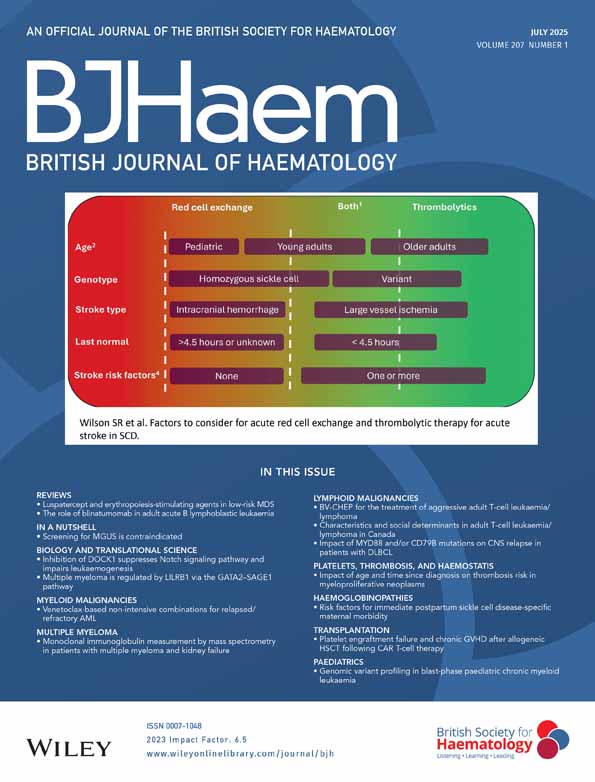Reply to Drach et al
In their letter, Professor Drach and colleagues disagreed with our hypothesis to explain the different results obtained in our two studies ( Drach et al, 1998 ; Avet-Loiseau et al, 1999 ). They argued that false-positive-deleted cases are ruled out by the use of a control probe. We cannot accept this argument as proof. First, it is well known that hybridization efficiency is not only dependent on the size of the probe. Some small cosmid probes (only 30–40 kb) may generate much brighter signals than large YAC probes covering several hundred kb. Moreover, the probe used for the p53 analysis was labelled with SpectrumOrange, whereas the control probe was labelled with digoxigenin and revealed with rhodamine. In their original report, Drach et al (1998) did not detail which filters they used. Because SpectrumOrange has an emission wavelength that is slightly different from rhodamine and because most cytogenetic laboratories are not equipped with SpectrumOrange-specific filters and use rhodamine-specific ones, the signal generated by the p53-specific probe might be less bright and thus less visible than the control.
Consequently, we maintain our initial most probable hypothesis to explain the differences in the results, and reaffirm that p53 deletion is a rare event in multiple myeloma.




